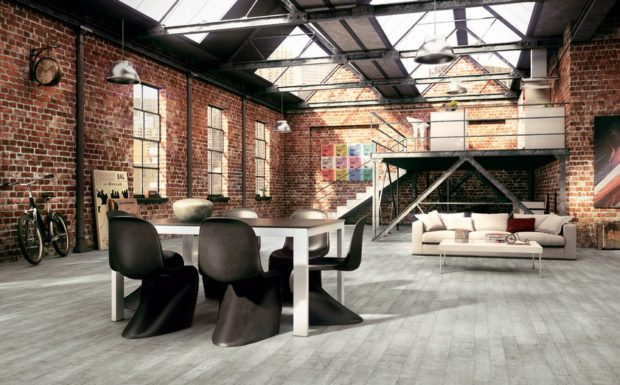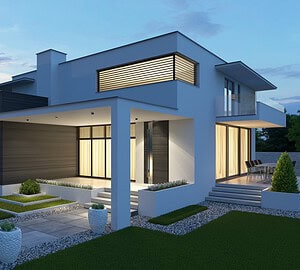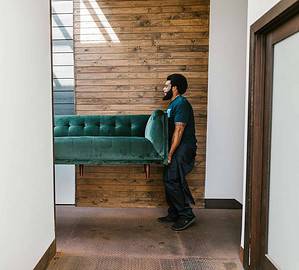A traditional home has perfectly finished walls which have been rendered and painted. The floors are probably hardwood or similar, and the soft furnishings all match.
However, just because this has been the norm for many years, it doesn’t mean that this is the way you have to do your own home. In fact, with the cost of houses making many homes unaffordable, more people are looking at alternative living spaces and alternative decorative finishes.

From this, the industrial-style home has been born, and it offers a refreshing change. The trend has become popular through industrial units that have been converted to homes. It is often difficult to hide all the plumbing pipes for dewatering pumps and industrial heating systems. It may also not be a financially viable option. That’s why so many of these homes have started to embrace the following 5 industrial styles:
1. Trunking
Running electrics inside a wall is difficult, especially if you’re dealing with a bare brick wall. That’s why many industrial homes choose to use trunking on the wall, making this a feature of the home rather than something that should be hidden.
The trunking will contrast perfectly with the wall, although you may want to tie it in with other furnishings in the room. You can even run the electrical trunking in a pattern to create a feature on your wall.
2. Exposed Piping
Just as trunking is easier than adding electrical wires into the wall, so is it easier to leave the pipework exposed. This can actually be an effective way at increasing the heat distributed into any room.
Exposed piping is also easier to maintain and you can even paint patterns on the wall to extend the design and make it a feature.
Most importantly, it’s considerably cheaper than replacing all the pipework.
3. Retaining The Walls
It is possible to create stud walls in front of the existing walls in your industrial style home. This will allow you to hide the pipes and electrical connections and get the smooth traditional finish.
However, you can also leave the brickwork, or concrete finish exposed. You may want to coat it with a sealer which will ensure you don’t have a dust issue.
It’s not just the walls that can be left natural, the floor, or the ceiling can be as well.
Of course, you can just paint the brick to create a halfway décor.
4. Windows
Many industrial buildings have large windows without any curtains or other fixings. If you have enough privacy to handle this setup or don’t mind others seeing into your home, then leaving the windows this way is a great way of retaining the industrial spirit and letting plenty of light into your home.
5. Retaining Features
A new home is a blank canvas, which could be said to be devoid of personality. An industrial space is likely to have old machinery and features. You don’t need to eliminate these. Instead, embrace them, work with and around them, you’ll create a stunning industrial element to your home that will be the talking point of any party.



